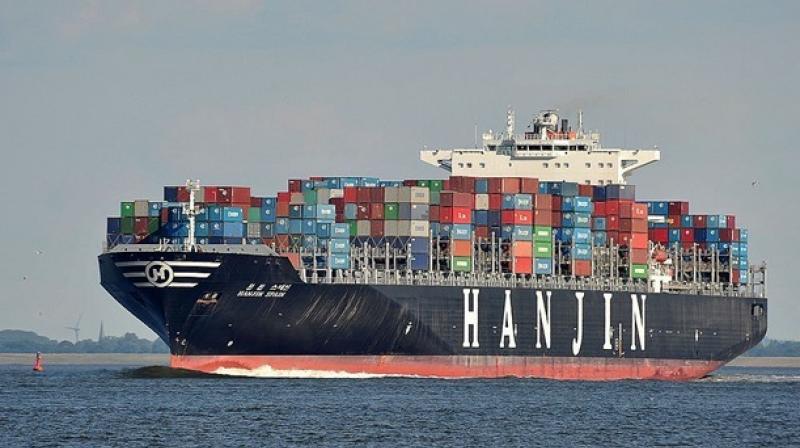Duty hike on many products soon to support Rupee
The new list is likely to be announced on Wednesday.

New Delhi: The finance ministry along with the Prime Minister’s Office (PMO) and the commerce ministry is learnt to have finalised a list of products, which would attract higher import duty under an action-plan by the government, to stem the fall of rupee.
The list includes organic fertiliser, gold and diamond, edible oils, iron and steel, mobile and television parts and LED screens, smartphones and phone system devices.
The new list is likely to be announced on Wednesday.
The list of items, which come under the ‘non-essential’ objects of import, has been drawn after individual ministries submitted their list under similar categories for higher import duties without affecting the growth, official sources said.
The list has been drawn up by a panel, headed by the commerce secretary, in consultation with the finance ministry and the PMO.
Earlier this month the government had announced several measures, including easing of overseas borrowing norms for manufacturing companies, removal of curbs on FPI investments in corporate bonds and tax incentives to masala bonds to support the rupee and check the widening current account deficit (CAD).
The rupee has touched 72.50 against a dollar. Surge in crude oil prices has largely been blamed for the projected widening of CAD and the pressure on the rupee.
As the crude prices increased from around USD 50 a barrel in April 2017 to around USD 70 a barrel towards the end of March 2018, the value of petroleum and crude imports jumped almost 25 per cent from USD 86.9 billion in FY17 to USD 108.6 billion in FY18. It increased CAD from 0.6 per cent of the GDP to 1.9 per cent.
As crude prices continue to rise, some estimates suggest the CAD may widen to 2.8-3 per cent of GDP in FY19.
While crude imports jumped USD 21.7 billion, inward shipments of coal and coke, metal and mineral, non-ferrous metal and iron and steel too rose USD 15.9 billion (nearly 73 per cent of the jump in petroleum and crude imports).
Coal imports have also added to the rupee pressure but the government would not tinker with it as coal-based power plants are already facing the heat and are generating NPAs for banks.
Even gold imports, which had declined from USD 34.4 billion in FY15 to USD 27.5 billion in FY17, jumped to USD 32.9 billion in FY18. Although there were views that gold be spared as the upcoming festival season is a high consumption period, and any curb may increase smuggling of the yellow metal.
The imports of electronic items, including mobile phones, colour TVs, digital cameras, digital processing units and high-end cars have increased 16.2 per cent in FY19. Increase in customs duty would make them more expensive.
At present, India’s import basket comprises three categories: overall, non-oil and non-oil-non-gold. The biggest drain is on oil and gold, which top the list of imported goods.
Total imports moved up from USD 185 billion in 2017 to USD 216 billion in 2018 and oil contributed the most as it moved from USD 38 billion to USD 58 billion. Though exports increased from USD 117 billion to USD 135 billion, the trade deficit shot up from USD 67 billion in 2017 to USD 81 billion in 2018.
In this calendar year, the rupee has fallen over 12 per cent, creating a serious threat in the form of widening CAD. The deficit during the first three months (April-June) of FY19 touched 2.4 per cent. While experts say it may shoot up to 3 per cent in FY19, the Centre estimates say the overall CAD for entire financial year could be 2.5 per cent, which is way above the 1.9 per cent in FY18.
At the same time, export-oriented merchandise like textiles, readymade clothes and leather products may also attract some incentives to boost dollar inflows that could ease off pressure on the rupee.

